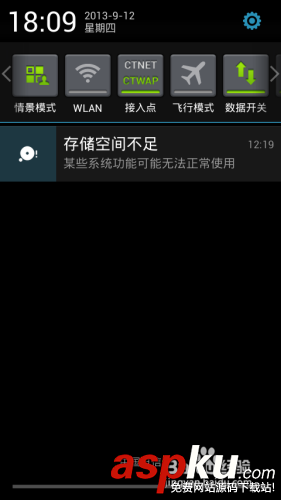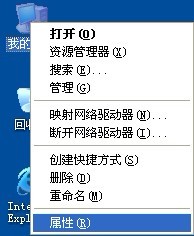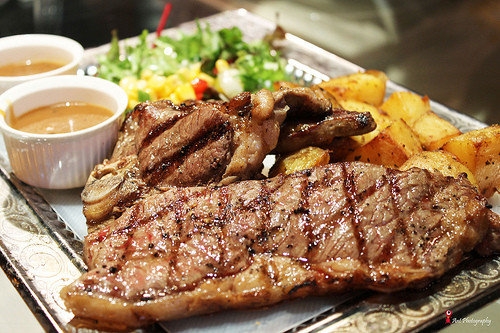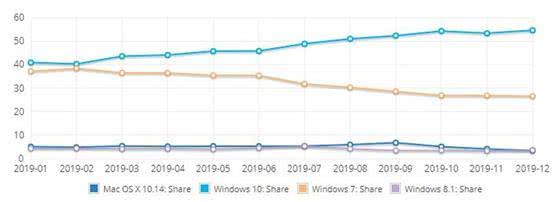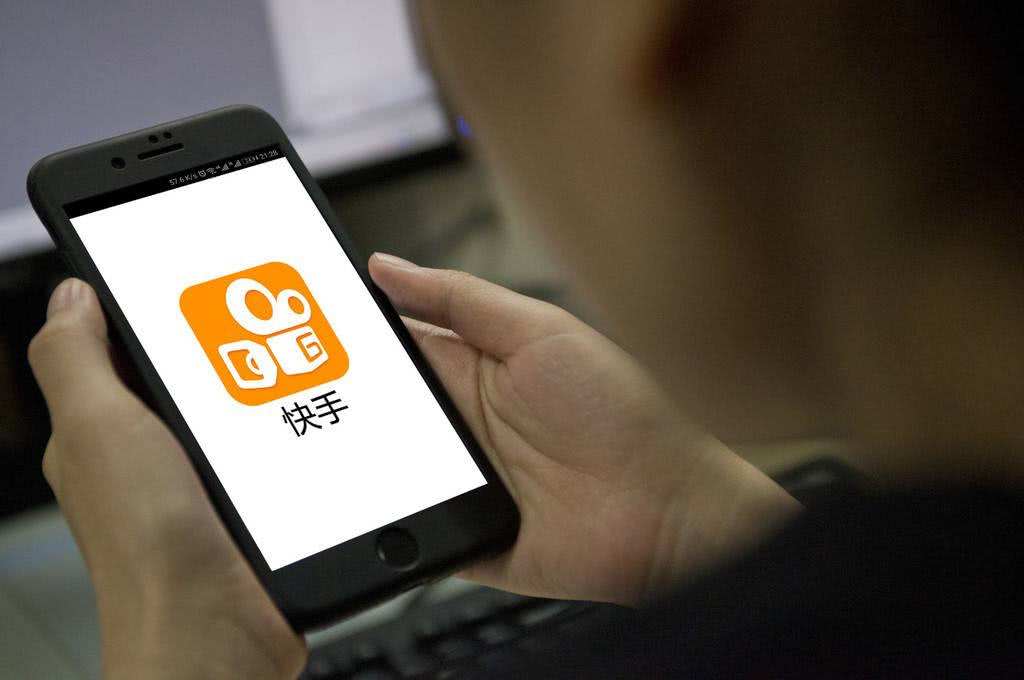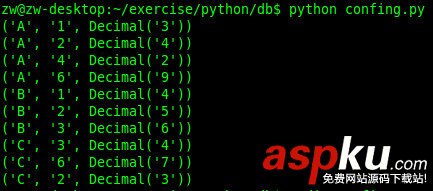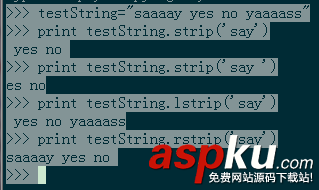Django中集成jquery
首先,靜態的資源通常放入static文件夾中:
static/ css/ djquery.css samples/ hello.css js/ jquery-1.7.1.min.js samples/ hello.js
其中css和js都按照應用名稱(這里是samples)劃分文件夾,如果文件較多,還可以再劃分子文件夾。
Django通常使用模板來展現html,而且我們通常使用繼承的模板,所以需要將共用的元素,比如全局的css,對jquery.js的引入等,寫到base模板中,而將具體頁面的元素放到具體的模板中。這就牽涉到如何嵌套的問題。看下面的例子:
base.html
<html> <head> <meta charset="utf-8"> <meta http-equiv="Content-Type" content="text/html; charset=UTF-8" /> <title>{% block title %} 標題 {% endblock %}</title> <link href="css/djquery.css" rel="stylesheet">{% block styles %}<!--custom styles-->{% endblock %} </head> <body> <div id="container">{% block content %}內容{% endblock %} </div></body><script language="JavaScript" type="text/javascript" src="/static/js/jquery-1.7.1.min.js"></script>{% block scripts %}<!--custom scripts-->{% endblock %}</html> samples/hello.html
{% extends "base.html" %}{% block title %}hello, djquery! {% endblock %}{% block styles %}{% endblock %}{% block content %}<div><input type="button" id="myField" value="Click me!"/></div>{% endblock %}{% block scripts %}<script language="JavaScript" type="text/javascript" src="/static/js/djquery/hello.js"></script>{% endblock %} Hello, Djquery!
有了上述的“框架”,我們就可以很容易的驗證一下我們的想法,比如這個“Hello Djquery”。只需要在urls.py中配置一下:
(r'hello/$', 'django.views.generic.simple.direct_to_template', {'template':'samples/hello.html'}),
其中direct_to_template是django提供的一個通用視圖。
AJAX實現示例
我們來看一個購物車的例子。假設現在我們有一個使用json格式的RESTful API,可以實現這樣的功能了:為了避免在產品列表和購物車之間來回切換,需要在產品列表界面顯示購物車,并且通過ajax的方式不刷新界面就更新購物車的顯示內容,利用我們上面在Django中集成的jQuery。
1.嵌入購物車界面
為了實現如下圖所示的嵌入購物車的產品目錄界面,我們需要做兩件事情:
(1)修改模板:
depot/templates/depotapp/store.html:
{% extends "base.html" %} {% block title %} 產品目錄 {% endblock %} {% block pagename %} 產品目錄 {% endblock %} {% block content %} <div class="row"> <div class="span10"> {% for item in products %} <div class="row" style="padding-top:10"> <div class="span3 media-grid"> <a href="#"> <img class="thumbnail" src="{{item.image_url}}" </a> </div> <div class="span6"> <h3>{{item.title}}</h3> <br/> {{item.description}} <br/> <br/> <br/> <div class="row"> <div class="span2"><h3>¥{{item.price|floatformat:"2"}}</h3></div> <div class="span"><a class="btn primary" href="{% url depotapp.views.add_to_cart item.id %}">加入購物車</a></div> </div> </div> </div> <div class="page-header"> </div> {% endfor %} </div><!--span10--> <div class="span4"> <h5>我的購物車</h5><br/> <table class="condensed-table"> <tbody> {% for item in cart.items %} <tr> <th>{{item.quantity}}x</th> <td>{{item.product.title}}</td> <td>¥{% widthratio item.quantity 1 item.unit_price %} </td> </tr> {% endfor %} <tr> <td></td> <th>總計:</th> <th>¥{{cart.total_price|floatformat:"2"}}</th> </tr> </tbody> </table> <a class="btn danger" href="{% url depotapp.views.clean_cart %}">清空</a> <a class="btn success" href="#">結算</a> </div><!--span4--> {% endblock %} (2)在depotapp/views.py中的store_view視圖函數中增加一行:
cart = request.session.get("cart",None)
就可以顯示出如上的界面了。
2.編寫javascript實現ajax
現在讓我們來通過ajax請求后臺服務。當然首選要實現后臺服務。關于“加入購物車”,我們需要的服務是這樣定義的:
url: http://localhost:8000/depotapp/API/cart/items/post
post數據: product = product_id
處理過程: 根據product_id,將product加入購物車
返回:購物車中的所有條目
這個API的定義似乎不那么RESTful,但是暫且不去管它。實現這個服務需要為RESTful web service(depotapp/views.py中的RESTforCart類)增加一個方法:
def post(self, request, *args, **kwargs):print request.POST['product']product = Product.objects.get(id=request.POST['product'])cart = request.session['cart']cart.add_product(product)request.session['cart'] = cartreturn request.session['cart'].items
可以通過http://localhost:8000/depotapp/API/cart/items/post來測試服務接口(使用Firebug調試是非常方便的辦法):
如同你看到的那樣,我們的接口定義不是完全RESTful,在生成的表單中,我們只需要選擇Product,不用管另外的兩個表單項,POST之后就可以從之前實現的購物車界面中看到新增加的產品項了。
服務接口測試通過,就可以在界面中通過ajax調用了。jquery對ajax提供了豐富的支持,為了方便使用jquery的selector,先要對html進行改造。將上面實現的depot/templates/depotapp/store.html中,迭代產品的部分改成如下的樣子:
{% for item in products %}<divclass="row"style="padding-top:10"><divclass="span3 media-grid"><ahref="#"><imgclass="thumbnail"src="{{item.image_url}}"alt=""></a></div><divclass="span6"><h3>{{item.title}}</h3><br/>{{item.description}}<br/><br/><br/><divclass="row"><divclass="span2"><h3>¥{{item.price|floatformat:"2"}}</h3></div><divclass="span"><aclass="btn primary"productid="{{item.id}}"href="#">加入購物車</a></div></div></div></div><divclass="page-header"></div>{% endfor %} 其中主要更改了“加入購物車”的<a>標簽,增加productid屬性,并將href改為“#”。這樣我們就可以很方便的為其添加事件:
//store.html on ready$('a.btn[productid]').bind("click",function(){alert($(this).attr("productid"));}); 這段代碼實現的功能是:對于所有的標簽<a>,如果class包括“btn”,并且擁有“productid”屬性的元素,添加click事件,彈出對話框顯示其“productid”屬性值。
打開產品清單界面測試一下,能夠正確彈出產品ID,然后就可以編寫ajax的處理了。在這里我們使用jquery.post()方法,jquery.post()是jquery.ajax的簡化寫法,如下:
//store.html on ready$('a.btn[productid]').bind("click",function(){var product_id=$(this).attr("productid");//alert(product_id);$.post("/depotapp/API/cart/items/post",{product:product_id},function(data){alert(data);});}); 彈出對話框顯示的data就是前面定義的API接口的返回值,即現有購物車中的條目列表。
最后,要根據返回的數據更改界面上的購物車顯示。這里為了方便也對html進行了改造。整個完成的depot/templates/depotapp/store.html如下:
{% extends "base.html" %}{% block title %} 產品目錄 {% endblock %}{% block pagename %} 產品目錄 {% endblock %}{% block content %}<divclass="row"><divclass="span10">{% for item in products %}<divclass="row"style="padding-top:10"><divclass="span3 media-grid"><ahref="#"><imgclass="thumbnail"src="{{item.image_url}}"alt=""></a></div><divclass="span6"><h3>{{item.title}}</h3><br/>{{item.description}}<br/><br/><br/><divclass="row"><divclass="span2"><h3>¥{{item.price|floatformat:"2"}}</h3></div><divclass="span"><aclass="btn primary"productid="{{item.id}}"href="#">加入購物車</a></div></div></div></div><divclass="page-header"></div>{% endfor %}</div><!--span10--><divclass="span4"><h5>我的購物車</h5><br/><tableid="tabCart"class="condensed-table"><tbodyid="items"></tbody><tfoot><tr><td></td><th>總計:</th><tdid="totalprice">¥{{cart.total_price|floatformat:"2"}}</td></tr></tfoot></table><aclass="btn danger"href="{% url depotapp.views.clean_cart %}">清空</a><aclass="btn success"href="#">結算</a></div><!--span4-->{% endblock %}{% block js %}<!--js from store.html--><script>function refreshCart(items){total = 0;var tbody = $('tbody#items')[0];tbody.innerHTML = "";for(var i=0;i<items.length;i++){total+=items[i].quantity*items[i].unit_price;$('table#tabCart').append('<tr><td>'+items[i].quantity+'x</td>'+'<td>'+items[i].product+'</td><td>¥'+items[i].unit_price+'</td></tr>');}$('#totalprice')[0].innerHTML = '$'+total;}</script>{% endblock %}{% block on_ready %}//store.html on ready$.getJSON('/depotapp/API/cart/items/',refreshCart);$('a.btn[productid]').bind("click",function(){var product_id=$(this).attr("productid");//alert(product_id);$.post("/depotapp/API/cart/items/post",{product:product_id},refreshCart);});{% endblock %} 定義了一個refreshCart函數,根據參數”重繪“購物車界面。在$(document).ready部分,首先調用前面實現的API顯示購物車,這樣我們在模板中就可以去掉原來實現的”購物車“,改成javascript的方式。
然后為每個”加入購物車“按鈕添加點擊事件,調用本節開始部分實現的接口,根據返回的最新條目數據調用refreshCart函數重繪購物車。
上面的模板中,javascript的部分劃分成了兩個block:{% block js %}用于嵌入具體頁面(相對應父模板)的js函數;{% block on_ready %}用于嵌入具體頁面的$(document).ready處理。結合base.html中定義的block,可以使組合在一起的具體頁面和模板頁面符合Unobtrusive JavaScript 。這樣做應該是Django+jquery實現ajax的最佳實踐。


